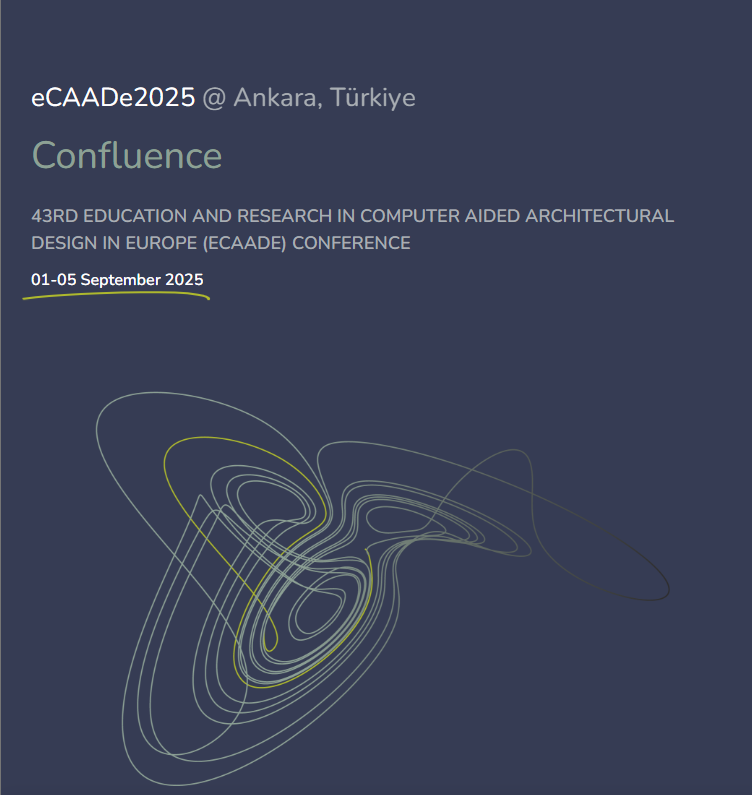Footnotes
[01] Batty and Longley, Fractal Cities (1994), Academic Press Inc., ISBN 0-12-4555-70-5, p. 33.
[02] Batty and Longley, Fractal Cities (1994), Academic Press Inc., ISBN 0-12-4555-70-5, p. 35.
[03] Statement of the painter Ben Shahn. Arnheim Rudolf, Kunst und Sehen: e. Psychologie d. schöpfer. Auges (expanded and revised edition 1978), Walter de Gruyter & Co., ISBN 3-11-006682-3, p. 93.
[04] This approach reminds us of the statement of movement of Modern Architecture: "Form follows function".
Batty and Longley, Fractal Cities (1994), Academic Press Inc., ISBN 0-12-4555-70-5, p. 42.
[05] Batty and Longley, Fractal Cities (1994), Academic Press Inc., ISBN 0-12-4555-70-5, p. 44.
[06] Batty and Longley, Fractal Cities (1994), Academic Press Inc., ISBN 0-12-4555-70-5, p. 43.
[07] Batty and Longley, Fractal Cities (1994), Academic Press Inc., ISBN 0-12-4555-70-5, p. 58.
[08] Batty and Longley, Fractal Cities (1994), Academic Press Inc., ISBN 0-12-4555-70-5, p. 123.
[09] Batty and Longley, Fractal Cities (1994), Academic Press Inc., ISBN 0-12-4555-70-5, p. 228-229.
[10] Batty and Longley, Fractal Cities (1994), Academic Press Inc., ISBN 0-12-4555-70-5, p. 272.
[11] Batty and Longley, Fractal Cities (1994), Academic Press Inc., ISBN 0-12-4555-70-5, p. 165.
[12] Various geophysical processes influence the forms of coastlines.
[13] Batty and Longley, Fractal Cities (1994), Academic Press Inc., ISBN 0-12-4555-70-5, p. 180-181.
Maybe the kind of transportation system - tramway, underground, car, bus - and its availability - unbroken or fragmentary - also changes fractal dimension.
[14] Batty and Longley, Fractal Cities (1994), Academic Press Inc., ISBN 0-12-4555-70-5, p. 181.
















